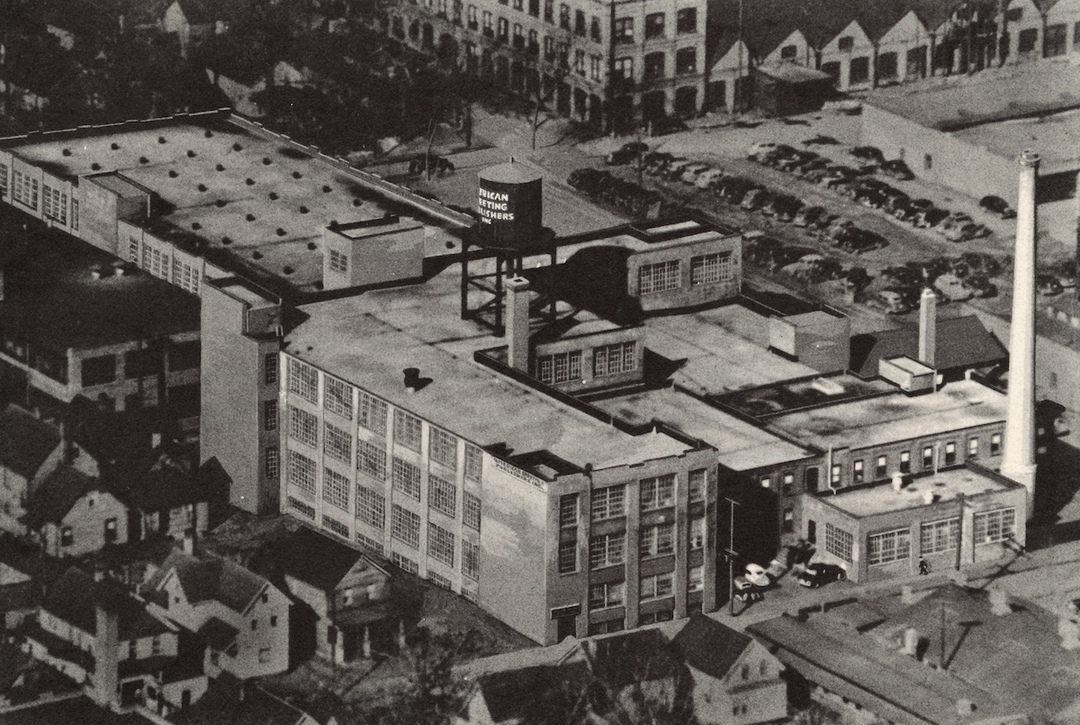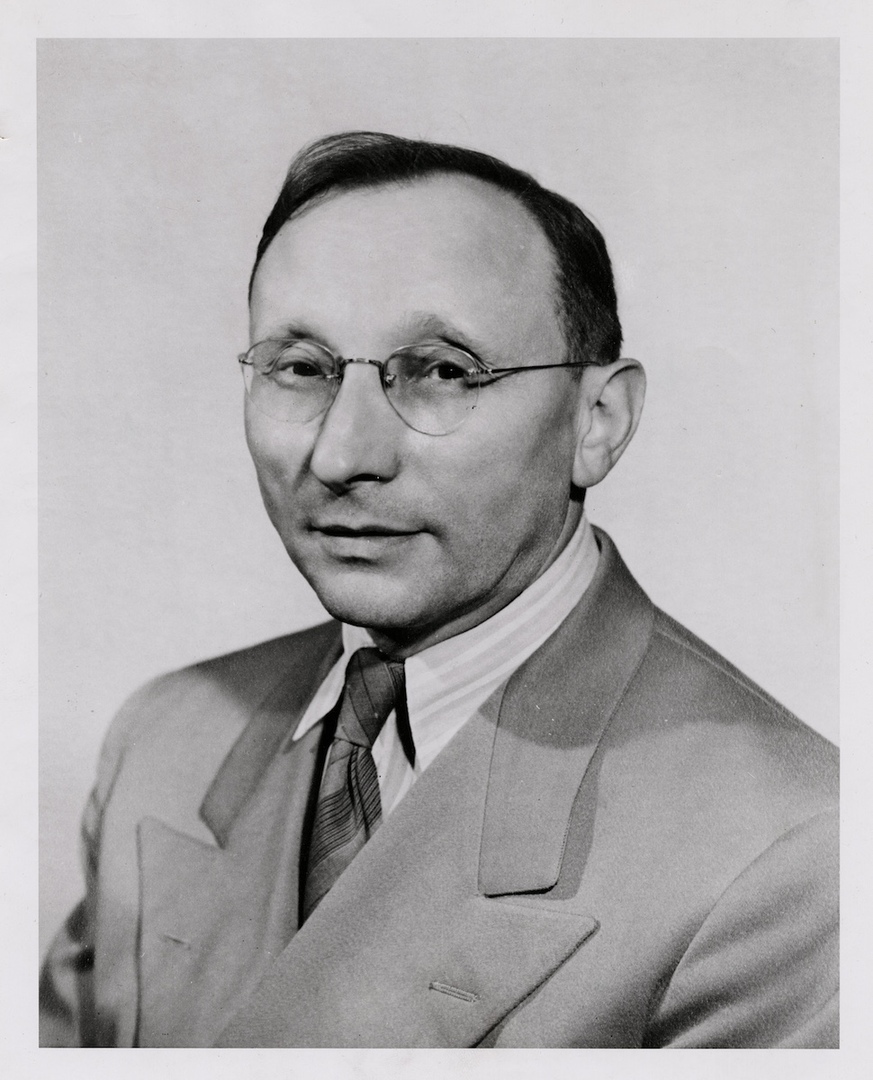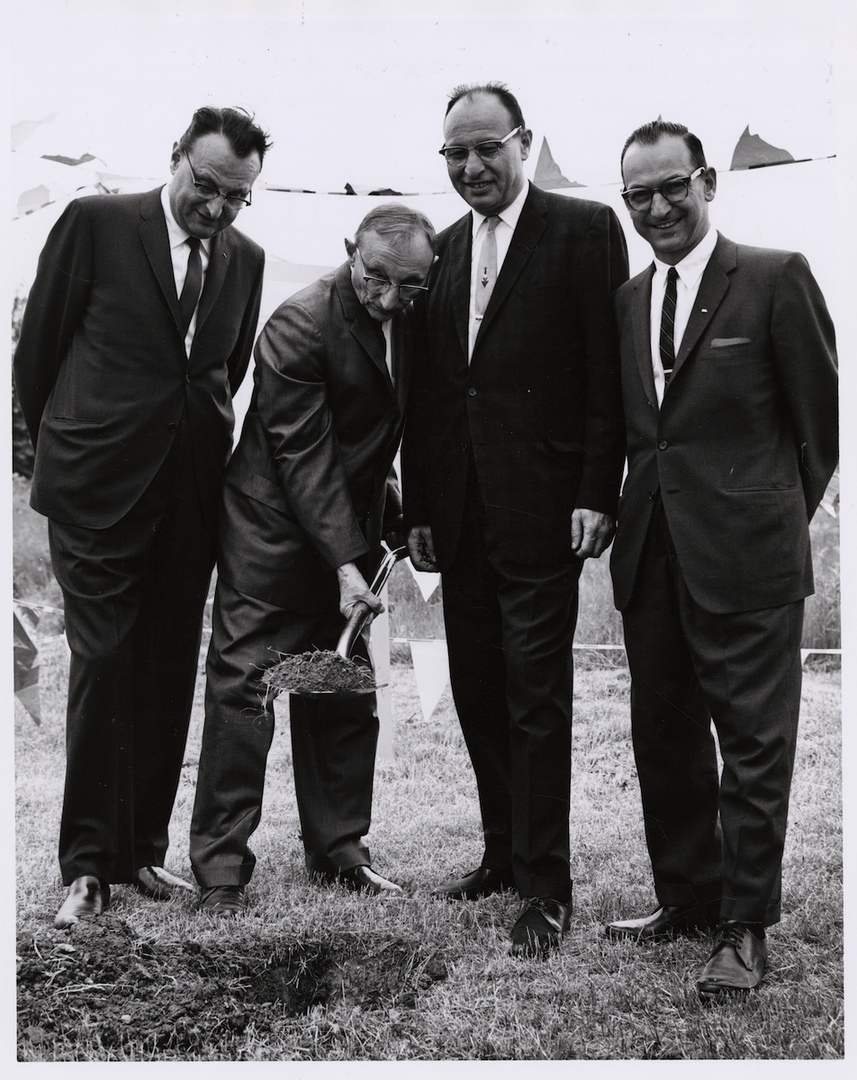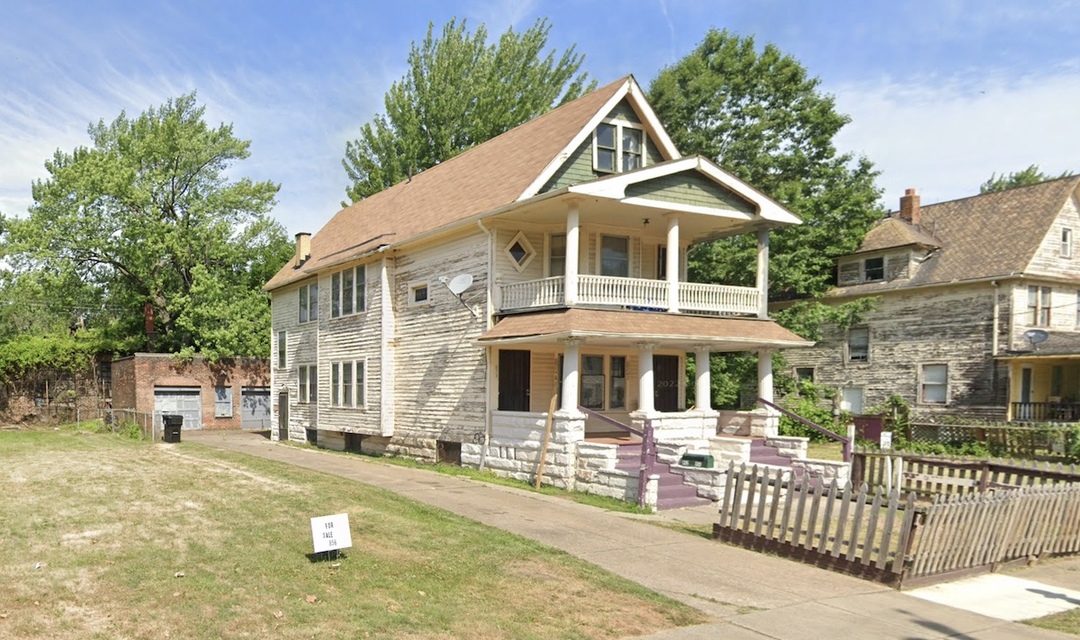
In 1930, a year after the start of the Great Depression, 21-year old Irving Sapirstein, oldest son of postcard jobber Jacob Sapirstein, came to the conclusion that the Sapirstein family could make more money manufacturing and selling their own greeting cards rather than only selling those manufactured by others. To help make his point, he wrote some greeting card verses and then had printing plates made for them. When he approached his father and began telling him his idea, his father grabbed the metal plates from his hands and smashed them on the ground, declaring, "We're jobbers, not manufacturers."
The website of the American Greetings Corporation contains scant information — more corporate legend than historical fact — regarding the founding of the company by Jacob Sapirstein, a Polish Jew who immigrated to the United States in 1906. A review of news articles, deeds, directory listings, census sheets, and other records available online, provides a fuller view into the early years of the business that, in Cleveland's Glenville neighborhood, began to grow into the world's second largest manufacturer of greeting cards.
Jacob Sapirstein was born in 1884, in the village of Wasosz in northeastern Poland. His parents were Rabbi Isaac Sapirstein and Marion (Mollie) Berenson. He grew up in nearby Grajewo, which, like Wasosz, was located in a region of Poland that had been seized by Russian Empress Catherine the Great during one of the partitions of Poland in the late 18th century. When he was 21 years old, Jacob decided to leave the village and his family, and immigrate to the United States. Sources differ as to exactly why he decided to leave Poland when he did, but they all agree that it was related to the harsh conditions to which Jews were subjected while living under Russian rule.
With financial assistance from the Hebrew Immigrant Aid Society, Jacob booked passage on a ship bound for America. He landed in Boston in late December 1906 and then continued on to Chicago where he had been offered a job as an apprentice tailor. However, he found that the job was not at all to his liking, and, within days after starting, he made the life-changing decision to quit the job and head for Cleveland where another job, and another future, awaited him.
Jacob's new job in Cleveland was working in the card shop at the Hollenden Hotel. For many years, this legenday hotel stood on the southeast corner of Superior Avenue and East 6th Street where the Fifth Third Center stands today. The card shop in the hotel was then operated by Moses Fenberg, variously described as a relative or friend of the Sapirstein family. He not only gave Jacob a job, but also a place to stay—in Fenberg's house on the West Side. As it turned out, Sapirstein wasn't very happy with the card shop job either, and complained to Fenberg that he wasn't making enough money. Fenberg responded with what Jacob Sapirstein later said was the best advice he ever received — "If you want to make more money, become a postcard jobber." And so that was exactly what he did.
In the early twentieth century, postcard jobbing — wholesaling cards of manufacturers to retail stores — was a tough job with long hours. In his early years of jobbing, young Sapirstein used streetcars to travel to the commercial areas of the east and west sides of Cleveland, carrying with him boxes containing an assortment of postcards. At each stop near drug stores, candy shops, and other retail businesses that he thought might buy his cards, he got off and peddled them. Then, after he had visited all the stores in one area, he caught another streetcar that took him to the next commercial area of the city. And so his work days went, traveling the streets of Cleveland, peddling from the time stores opened in the morning, until they closed in the evening. And when he returned home in the evening, he spent more hours doing the work necessary to fill the card orders he had procured that day.
In time, just as Moses Fenberg had told him, Sapirstein was making more money than he had at the card shop — in fact so much more that, by 1908, he could afford to marry Jennie Kanter, a young woman from his home village in Poland. After they married, they moved out of Fenberg's house and into a Woodland Avenue apartment in the East Side's Cedar-Central neighborhood. At the time, it was a working-class neighborhood and home to many Jewish immigrants. Jacob and Jennie's first son, Isaac (later known as Irving), was born there in 1909. Their second son, Moses (later called Morris) was born there two years later. Both sons, as well as third son Harry (born in 1917), would come to play important roles in the early growth of the company that eventually became the American Greetings Corporation.
In 1914, World War I began. Soon after the start of hostilities, the United States imposed an embargo on the import of German goods, including the then-popular German-made postcards and greeting cards. This embargo, as well as the increased demand for cards that occurred during the war years, benefitted not only America's domestic card manufacturing industry but also jobbers like Jacob Sapirstein who sold those cards to retail businesses. Soon, Jacob could afford to purchase a horse and wagon with which he could more easily travel the streets of Cleveland peddling his cards, especially the new folded greeting cards which had become popular during the war. In time, as his jobbing business grew, Sapirstein exchanged that horse and wagon for a new Ford automobile.
With the growth of his business, Jacob and his wife and children were also able by 1918 to move out of the Cedar-Central neighborhood and into the more upscale Glenville neighborhood, one in which they would live for the next two decades and during which time Jacob's jobbing business would see substantial growth before transforming into a card manufacturing business. The first house the Sapirsteins bought in Glenville was a two-family house at 856-858 East 95th Street, near St. Clair Avenue. However, after living in this house for only a year, they sold it and purchased the house right next door — also a two-family — at 852-854 East 95th. Why the family would sell the first and buy the second is somewhat of a mystery, but it may have been related to the so-called first business expansion of the company described below.
As earlier noted, Jacob Sapirstein's jobbing business now included the new and popular folded greeting cards, as well as the more traditional postcards. As a result of this enlargement of his inventory and other growth in his jobbing business, Sapirstein at some point found it necessary to move all of his inventory out of the house and into the family garage. Different articles published by different newspapers in different years assign different addresses and dates to this first so-called expansion of the business, but the article that was published in the Cleveland Jewish News on May 24, 1985, which was based on an interview with Jacob's son Irving, is the most detailed and convincing. It also featured a photograph of Irving standing in front of what is clearly the garage at 852-854 East 95th Street. The caption below that photograph reads: "The company's first expansion — in 1917 — to Jacob Sapirstein's garage on East 95th Street." (The expansion at that address actually most likely occurred not in 1917, but instead in 1919 when the Sapirsteins purchased the second house on E. 95th Street.)
It was not only the expansion of the business into the family garage that was a marker of the growth of Sapirstein's jobbing business in the early years of the family's residency in Glenville. During the Influenza Pandemic of 1918-1920, Jacob Sapirstein contracted the virus and became so ill that he couldn't work. According to several articles, his sons Irving and Morris — though then not yet even teenagers — had to perform many of their father's jobbing duties, including jumping on streetcars in order to deliver cards to customers and keeping the books of the business at home. This inevitably led, in the decade of the 1920s, to both Irving and Morris becoming jobbers like their father. This, in turn, likely resulted in a large increase in the customer base of the business. Notable of the sons' early efforts, in 1928, Irving and Morris successfully procured a large order of postcards and greeting cards for Euclid Beach Park. This sale produced $48,000 in revenues for the family jobbing business — the equivalent of almost one million dollars in today's money.
By the time the Great Depression arrived in 1929, both Irving and Morris were jobbing full time with their father in the family business that was now known, according to Cleveland directories, as "The Sapirstein Greeting Card Company." It was at about this time, according to Jacob's son Irving, that he had the conversation with his father about going into the greeting card manufacturing business that led to his father shattering Irving's printing plates. However, while, according to Irving, Jacob (who later became known at American Greetings as "J.S.") was a hard sell, he "finally came around." While the exact year that the Sapirstein family began manufacturing their own greeting cards is difficult to determine, it may well have been in 1932 when, for the first time since 1919, the family business address was listed not at 852 East 95th Street but instead at 9313 Yale Avenue, then the site of a brick commercial building located less than a quarter mile from the Sapirstein home.
In 1934, the Sapirsteins incorporated their new manufacturing business under the name of the Sapirstein Greeting Card Company, and, in 1935, Jacob's third son Harry joined the company as a full-time employee. Meanwhile, his oldest son, Irving, who exhibited an artistic bent, became involved in the creation of the company's first greeting cards. His most notable early verse, which became the company's slogan, was: "From someone who wants to remember someone too nice to forget."
In 1938, the Sapirsteins changed the name of their company to the American Greeting Publishing Company, after expanding outside the Cleveland area by opening a manufacturing facility and branch office in Detroit, Michigan in 1936. (The company name would later be simplified to the American Greetings Corporation.) Several years after this, in 1941, the Sapirsteins moved their company out of Glenville and into a large commercial building complex on West 78th Street on Cleveland's West Side. And, several years after the business left Glenville, Jacob and Jennie Sapirstein left too, selling their house in the neighborhood and moving to University Heights.
Since the 1940s, American Greetings has grown and expanded numerous times, and now has manufacturing facilities and offices in many locations across the United States and around the world. Its headquarters today are located in Westlake. It is unlikely that many current employees of American Greetings are even aware of the company's humble beginnings in the Glenville neighborhood. Nevertheless, this is exactly where, over the course of more than two decades, that the Sapirstein family grew Jacob Sapirstein's postcard jobbing business into the second-largest manufacturer of greeting cards in the world.
Images

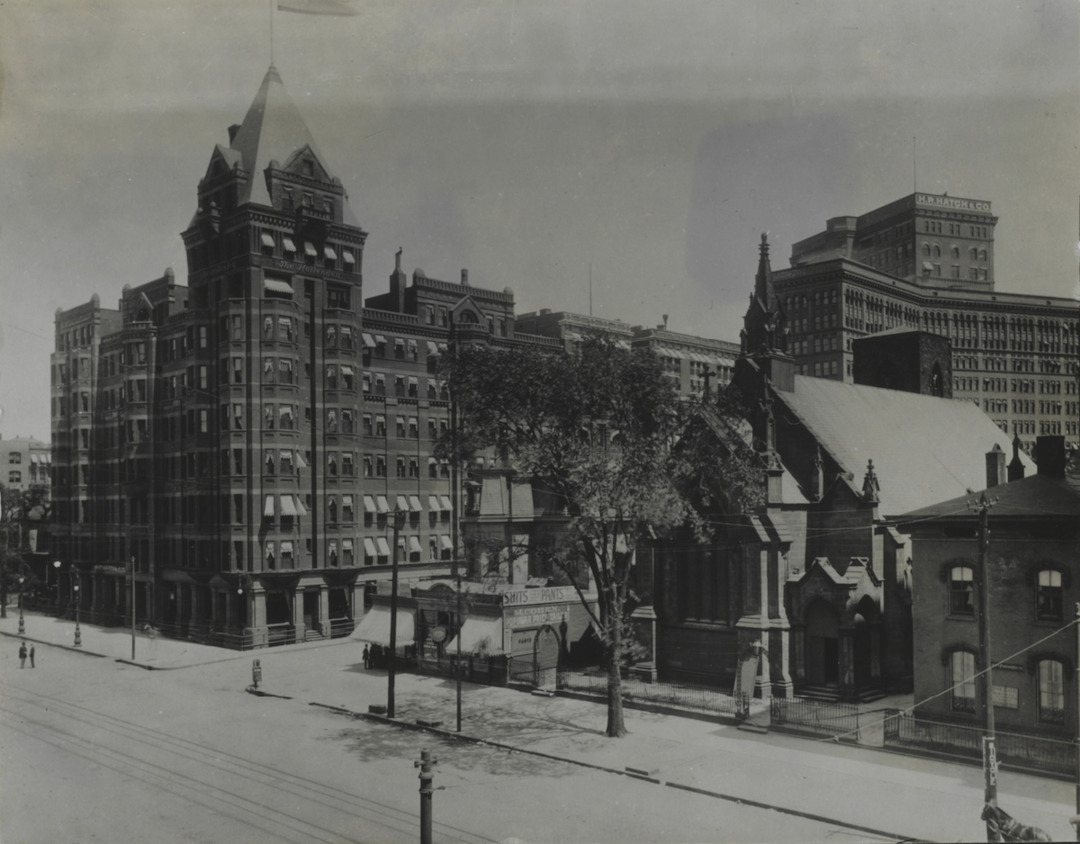
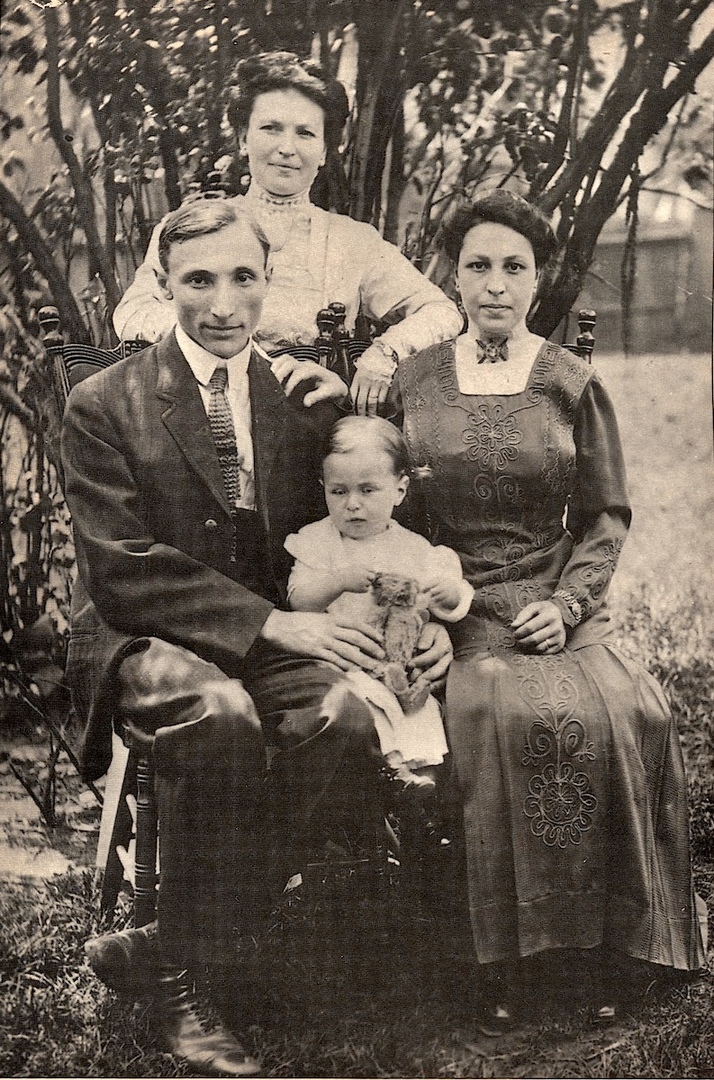

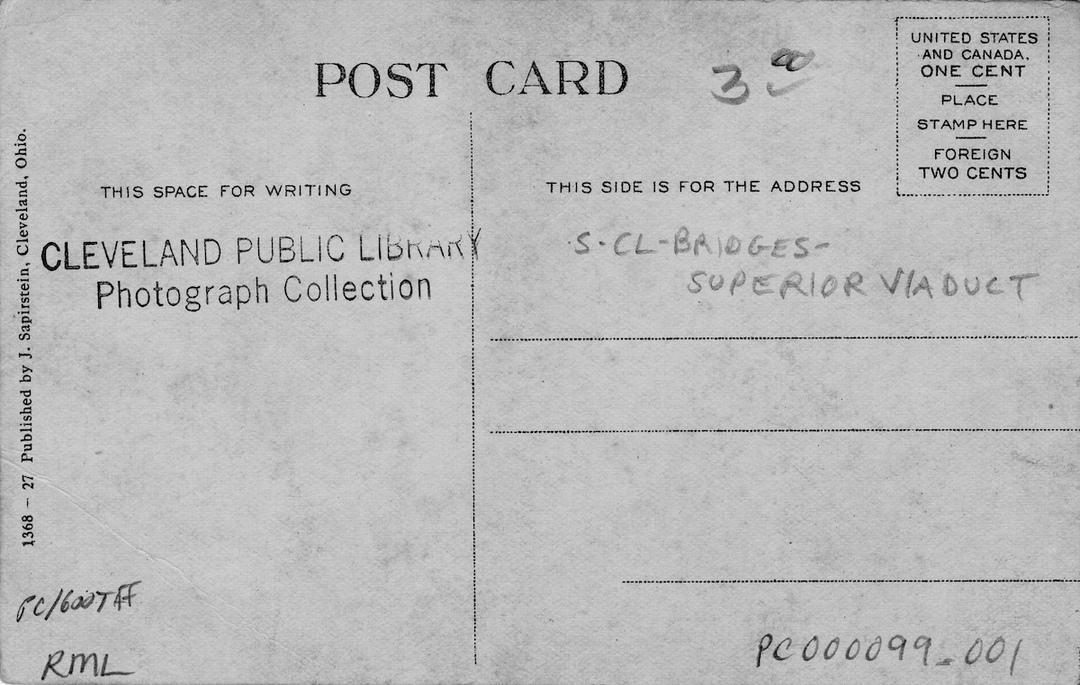
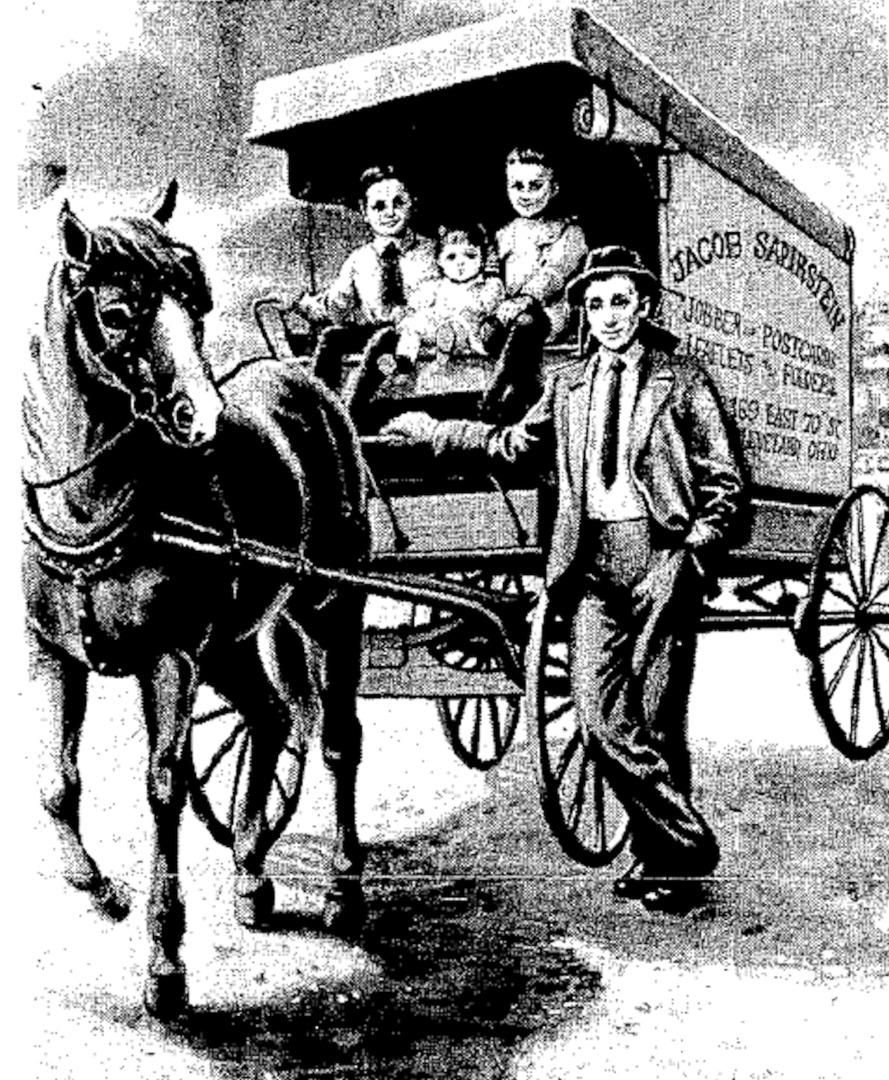
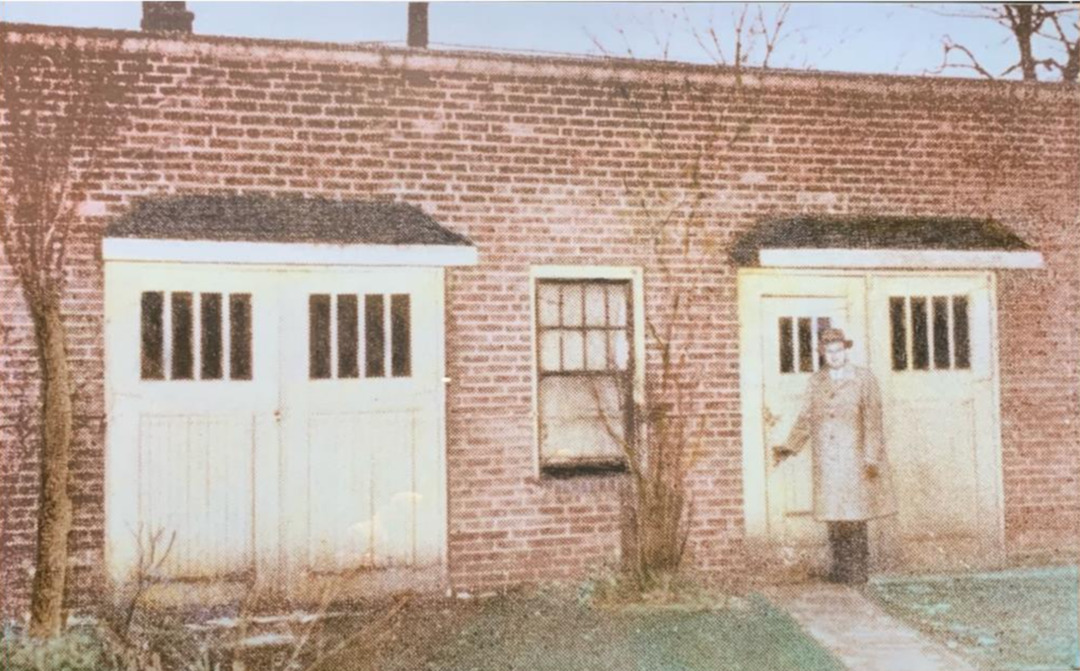
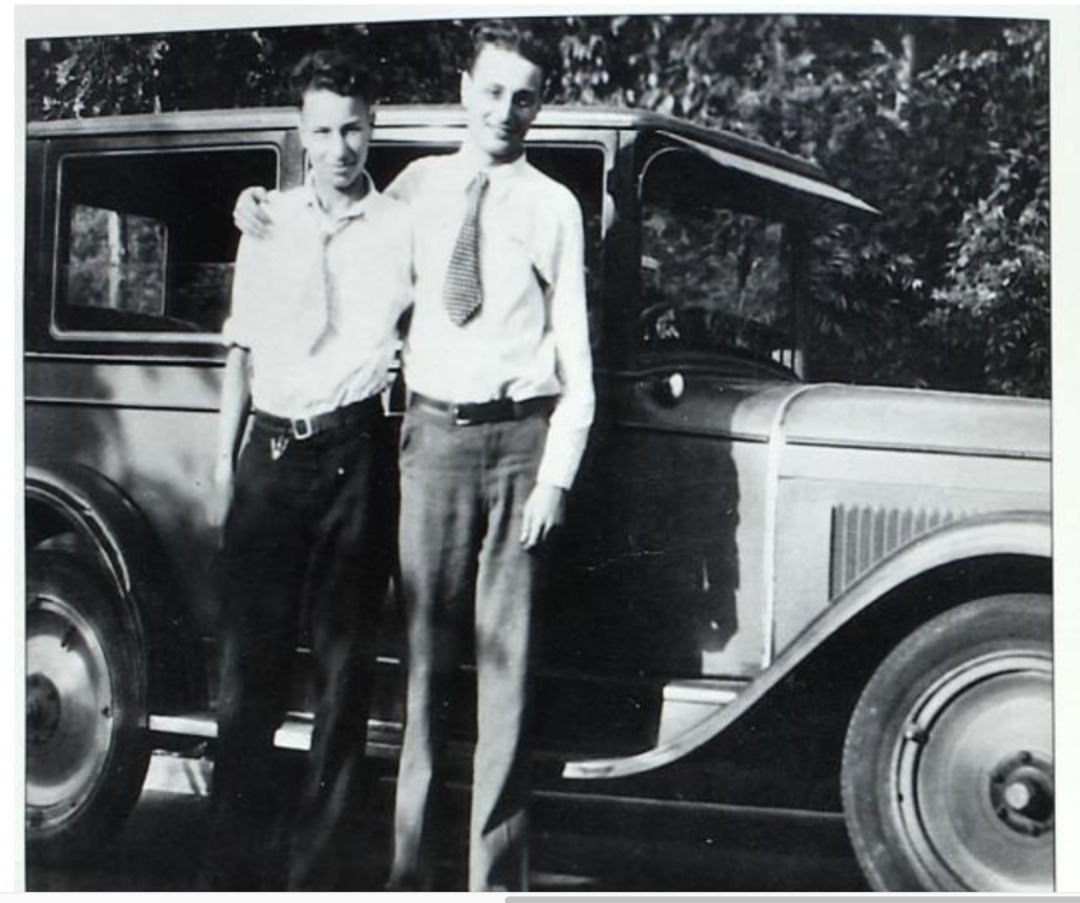
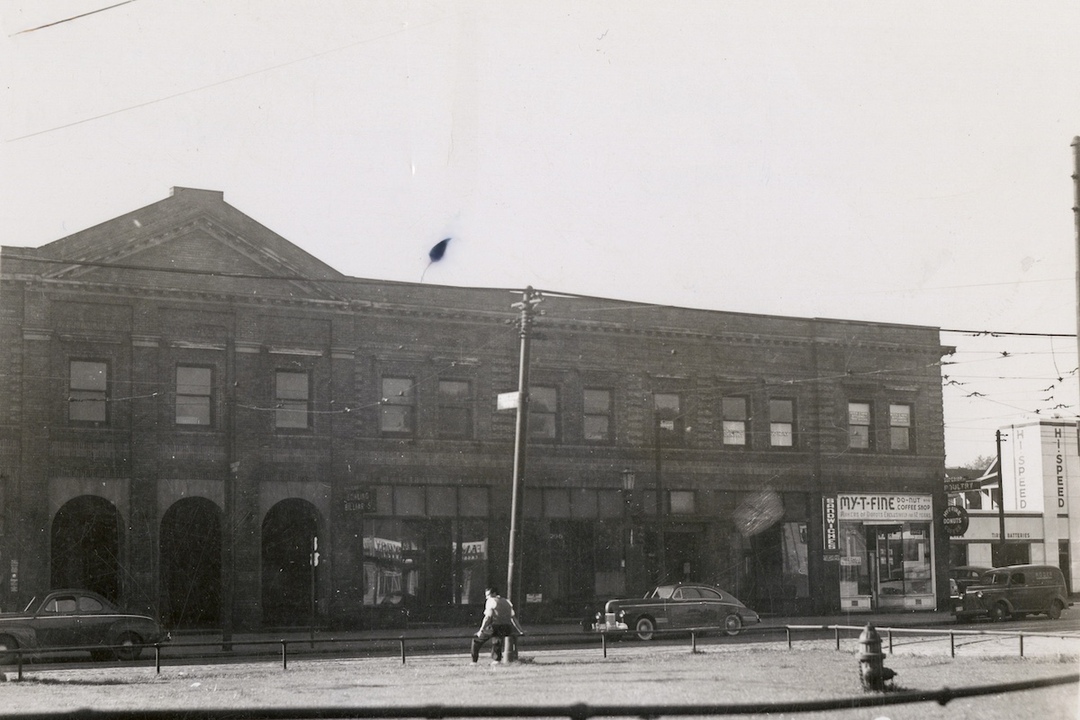
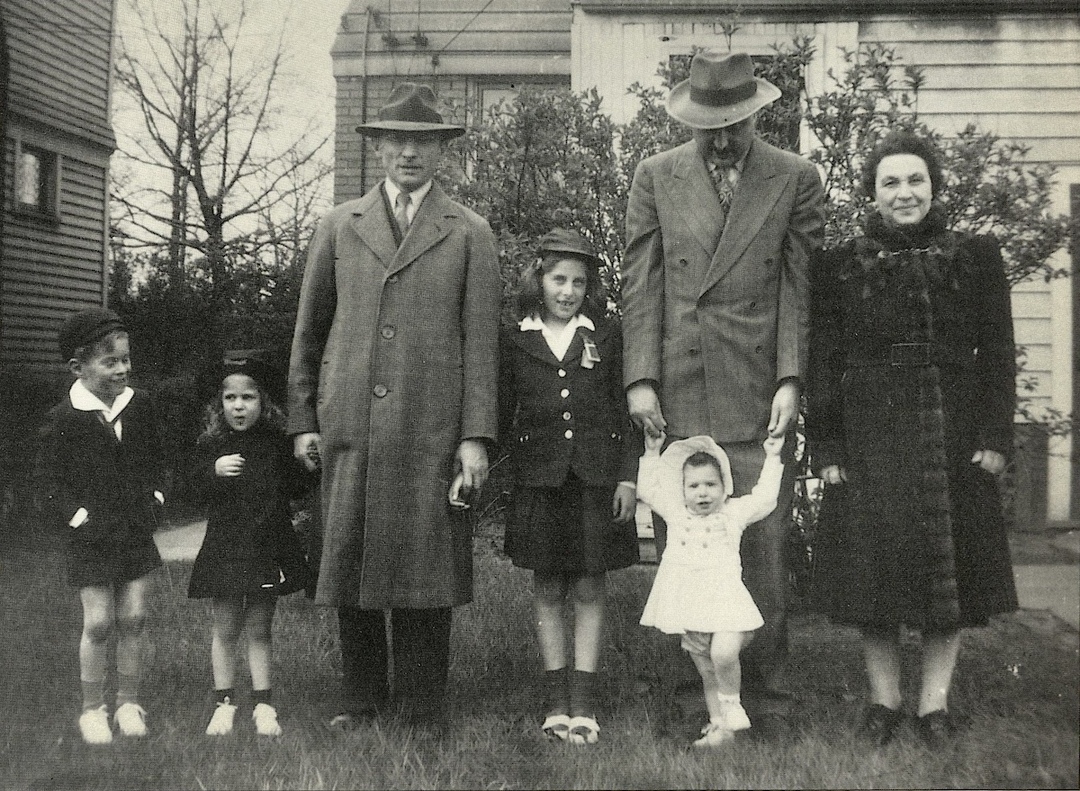
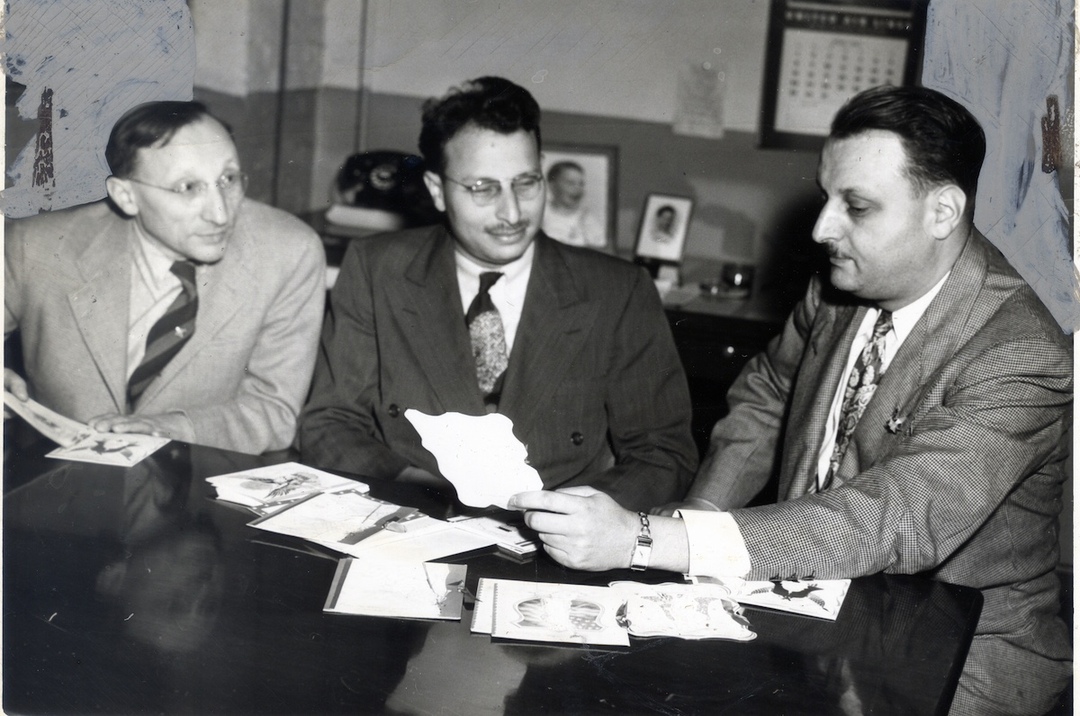
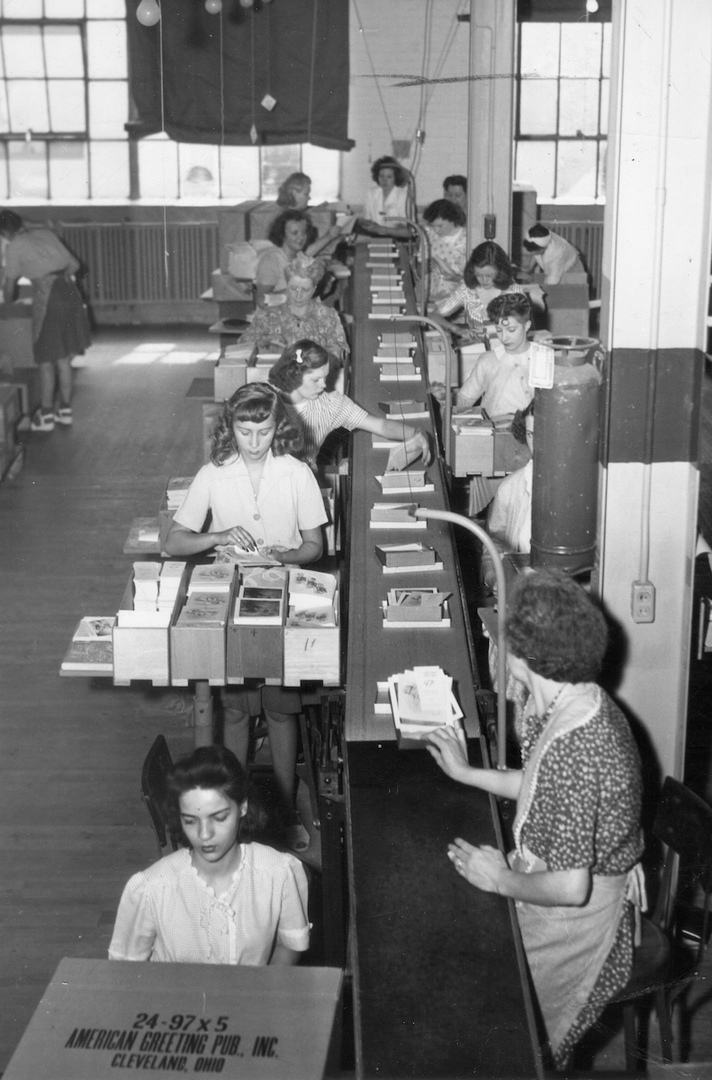

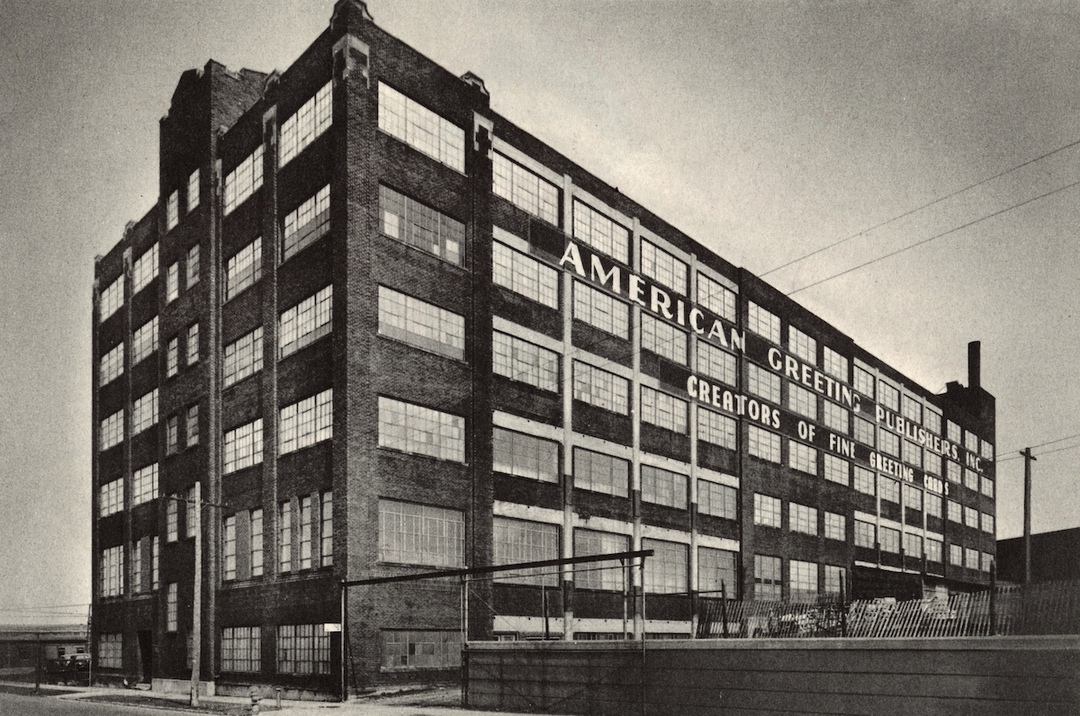
Date: 1947
